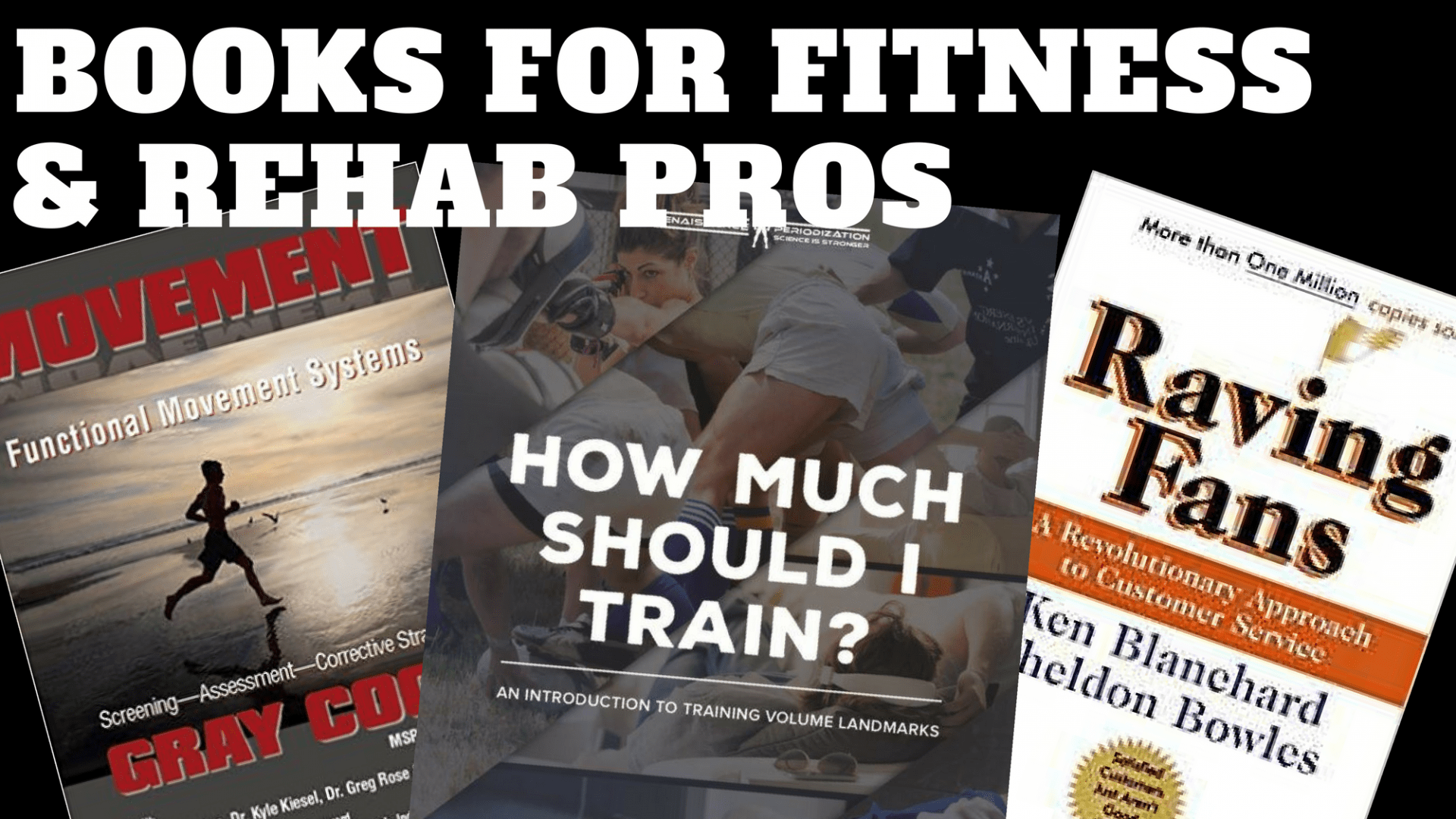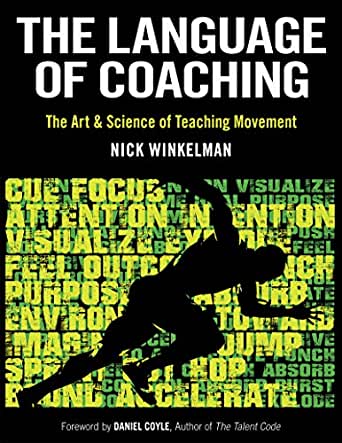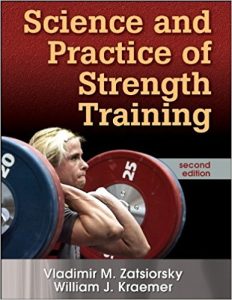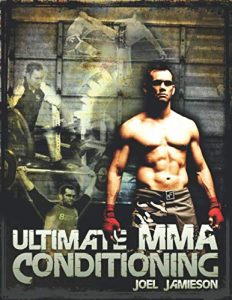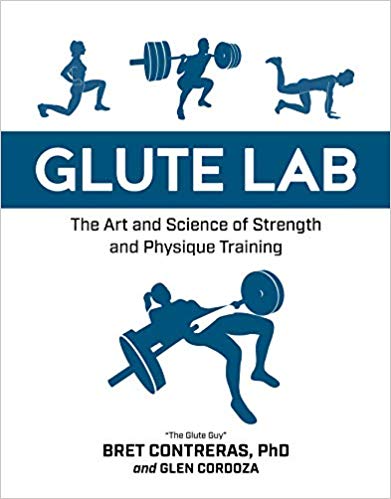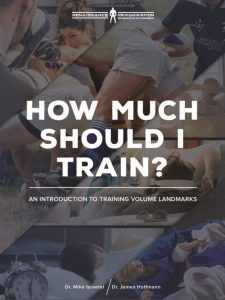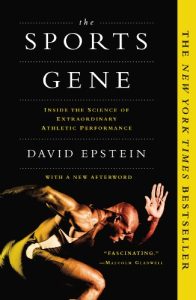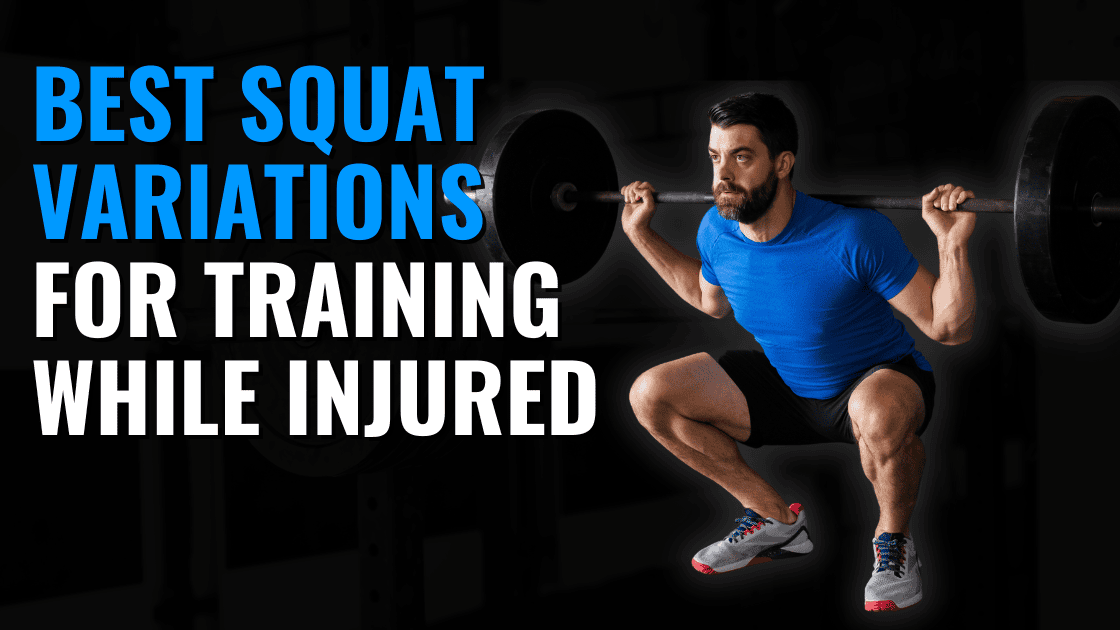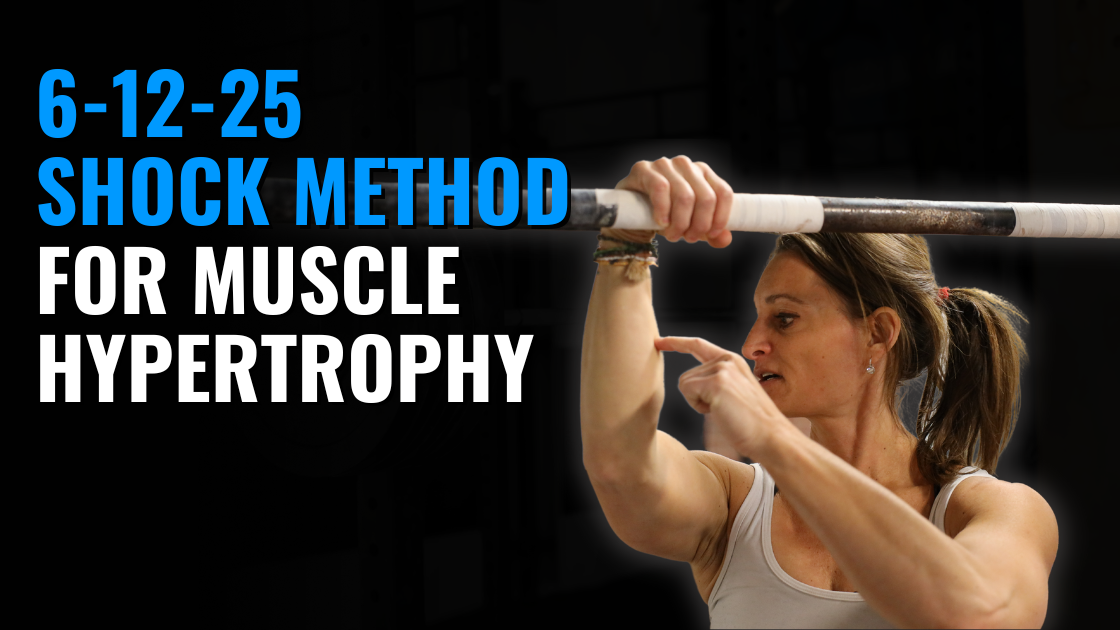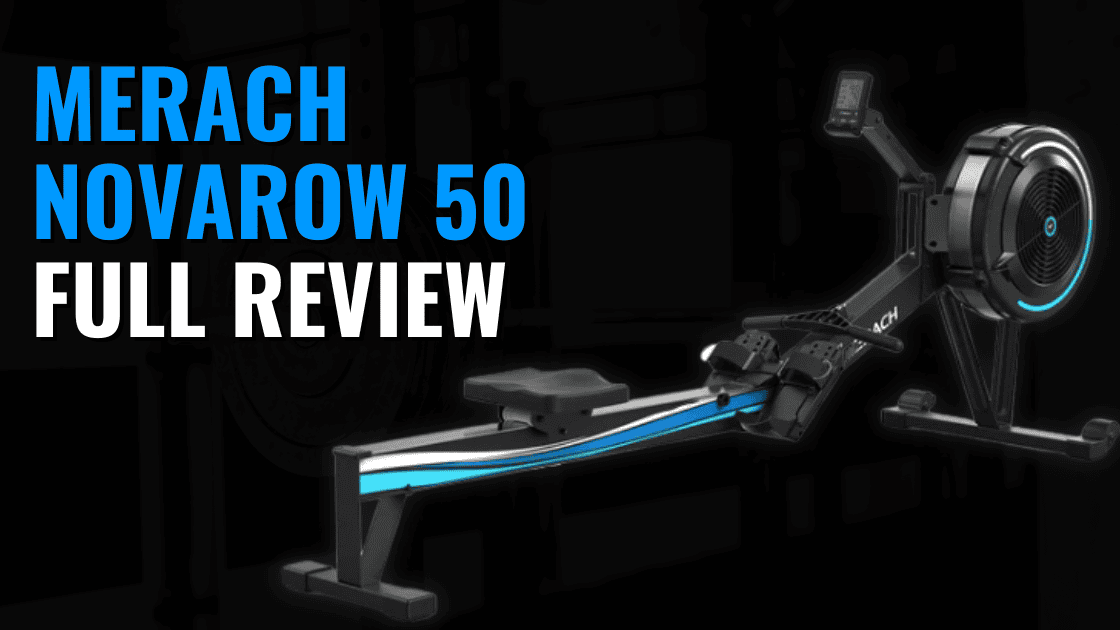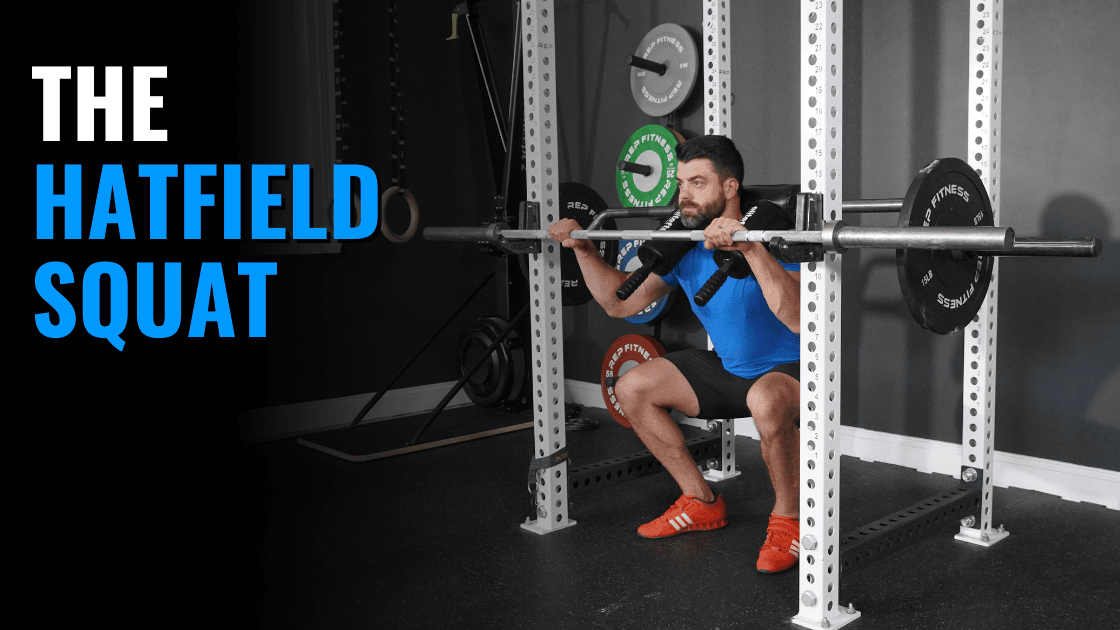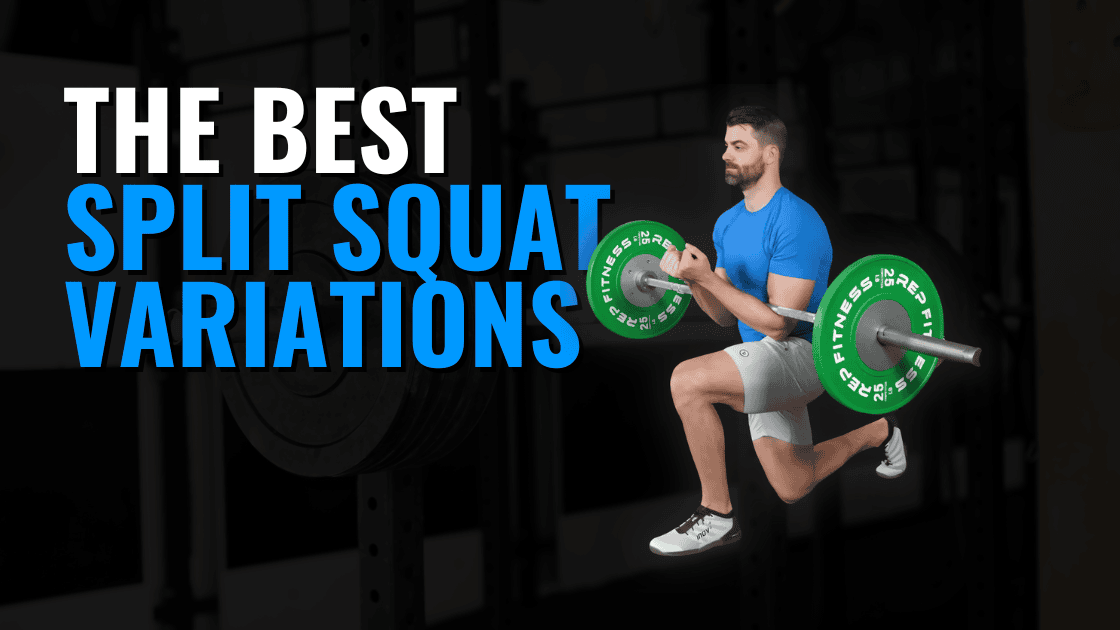Continually improving your skillset is an absolute must for all fitness and rehab professionals. A better understanding of how the human body works will help improve the outcomes you get with clients. But improving your efficiency, sales, and general well-being is also crucial to your success.
Fitness and rehab professionals frequently ask me for recommendations on learning options, and books are always a great start. Here are my favorite books for fitness and rehab professionals!
The Best Books For Fitness and Rehab Professionals
Raving Fans
To emphasize my above point on how being successful and providing the best outcomes with your clients isn’t solely about your anatomy and exercise prescription knowledge, I’m starting with my absolute favorite book, Raving Fans by Ken Blanchard. This short read completely changed my mindset in my interactions with clients. Focus not on getting as many clients or followers as possible. Instead, focus on creating Raving Fans who become non-stop referral sources for your work.
The Language of Coaching: The Science & Art of Teaching Movement
Probably my most recommended book of all for coaches wanting to improve their ability to effectively coach athletes. This book breaks down the science behind the cues we give athletes to help them perform optimally. A must-read for all coaches. Amazon
Science and Practice Of Strength
Science and Practice of Strength is my favorite strength & conditioning book that dives deep into the programming specifics that all fitness and rehab professionals need to know. Full of so much knowledge, you are going to need several re-reads of this book!
Scientific Principles of Strength
This book put out by Juggernaut Strength is very similar to the Science and Practice of Strength mentioned above but written to be much easier to digest. While still covering the scientific principles of strength training, this book makes its application of it a bit more practical.
Ultimate MMA Conditioning
Unquestionably, the best resource I’ve ever found for understanding the science and application of different conditioning methods to push your performance to the next level. While written for MMA athletes, this book will help you better understand programming for all individuals.
Glute Lab: The Art and Science of Strength and Physique Training
Bret Contreras, aka “The Glute Guy,” does a fantastic job breaking down glute anatomy and training for athletes with any goal in mind. Excellent and incredibly thorough book.
Science and Development of Muscle Hypertrophy
Brad Schoenfeld has published tons and tons of research in the strength and conditioning world, emphasizing muscle hypertrophy. This book does a great job of summing up years and years of research to help you be a better athlete or coach.
How Much Should I Train?
I’ve written in the past on the importance of monitoring training volume and a concept called Maximal Recoverable Volume. This MRV concept comes from Dr. Mike Israetel of Renaissance Periodization, and his book “How Much Should I Train” dives deep into this concept. This is incredibly important for all athletes, coaches, and clinicians to know.
The Sports Gene
I’ve long been fascinated by the different factors that make individuals great at the sports they perform. This book is an incredibly entertaining and educational look at many of these factors.

